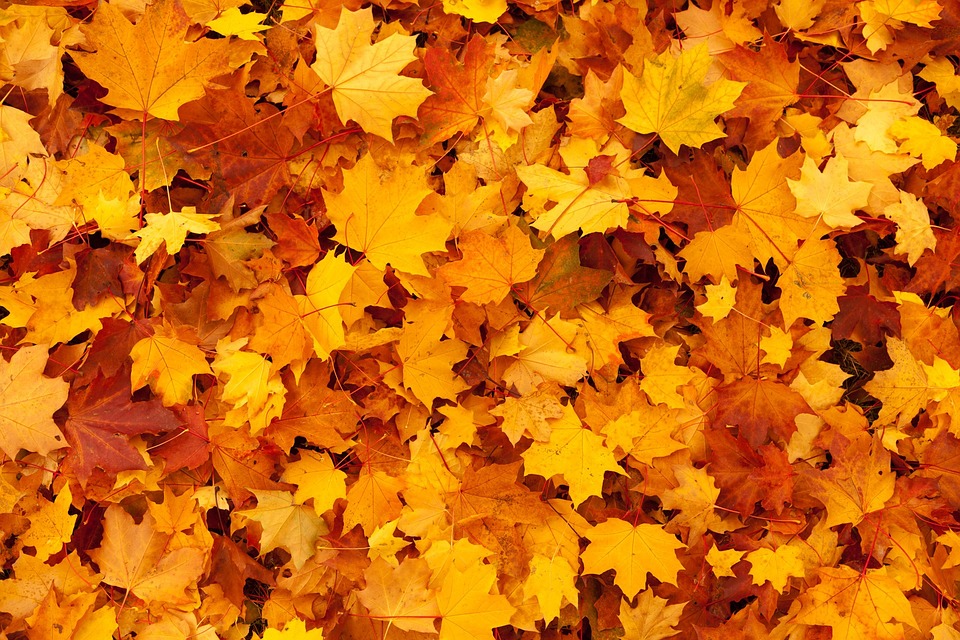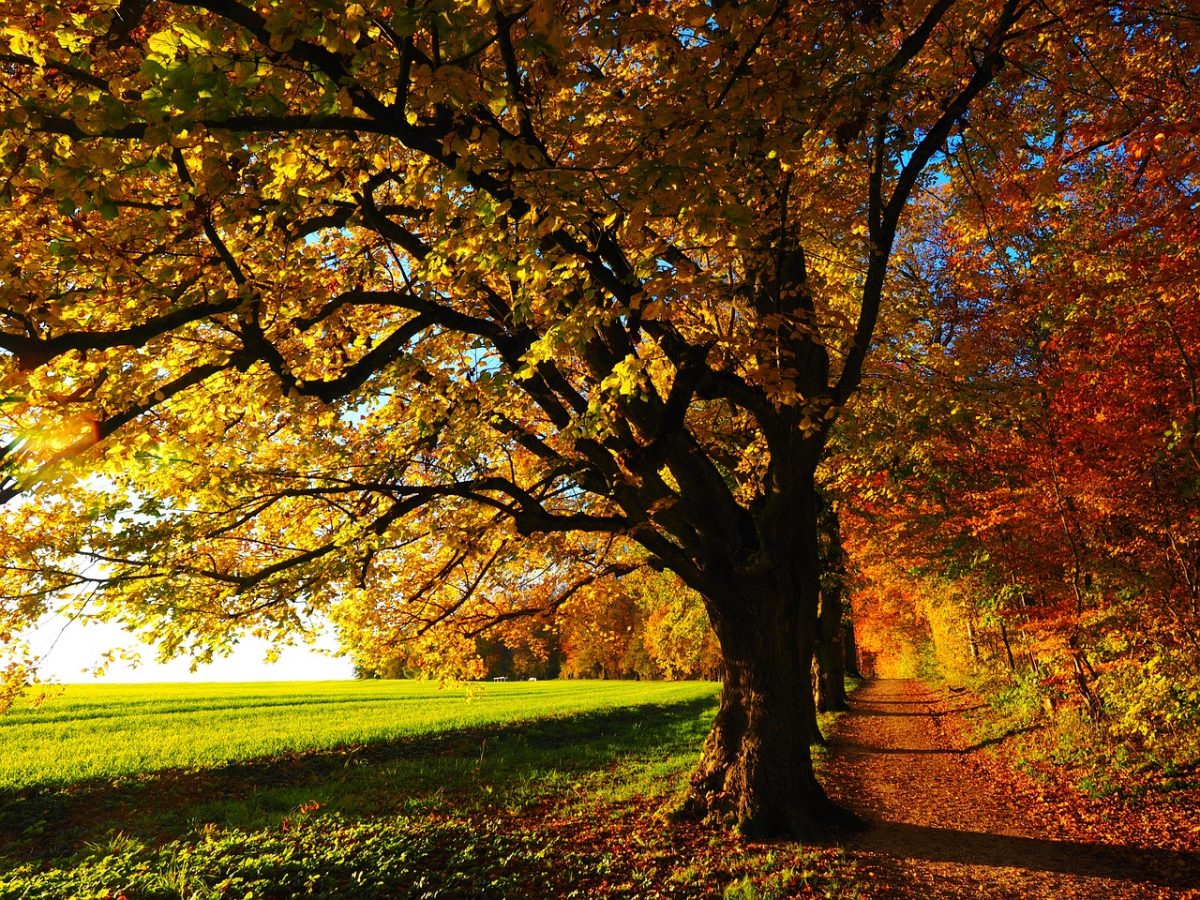Top 5 Fall Myths
November 1, 2022
Myth: Leaves change color because the temperature drops.
Fact: Leaves change color because the chlorophyll found in them break down. Chlorophyll is the main chemical in photosynthesis, and it breaks down when there isn’t enough light to perform photosynthesis. With fall comes the Fall Equinox, meaning the days are shorter and there is less daylight. Less daylight means less time for chlorophyll to photosynthesis, meaning chlorophyll starts to decompose.

Myth: Turkey makes you sleepy.
Fact: Although it is true that turkey contains tryptophan, a chemical that promotes sleepiness, turkey doesn’t have enough of it to truly affect humans. In order to ingest 1 gram of tryptophan, a person would need to eat a whopping 0.7 pounds of turkey. So no, even a third helping at Thanksgiving dinner isn’t going to knock you out.

Myth: The term “fall” is only used in America.
Fact: The use of the word “fall” is most common in America, but it isn’t exclusive to the USA. The term “fall” came about in the early 1600’s, when the global population started to rise exponentially and urbanization was seen for the first time. With higher population density, slang came about. “Fall” started out as the phrase “fall of leaf” at this time. Some people also used the word “harvest” to describe autumn, yet the prior is the one that stuck. Eventually, people shortened the term to just “fall”. The people who spoke this slang were typically lower to middle class Europeans, most of which immigrated to the Americas, bringing their diction with them.

Myth: Pumpkin spice is based on pumpkins.
Fact: Pumpkin spice isn’t pumpkin flavored, yet it is based on the mix of spices added to a pumpkin pie. This includes cinnamon, cloves, ginger, nutmeg, and occasionally allspice. Pumpkin spice wasn’t well known until the 1940’s and 1950’s, when commercial brands such as McCormick mass-produced it and marketed it with innovative recipes.

Myth: Costumes are a development of crass-commercialism.
Fact: People have worn costumes for thousands of years around Halloween time. Halloween used to be a pagan holiday in Europe celebrating the harvest season. During this time, people believed the border between life and death was broken and ghosts were free to wander our world.









